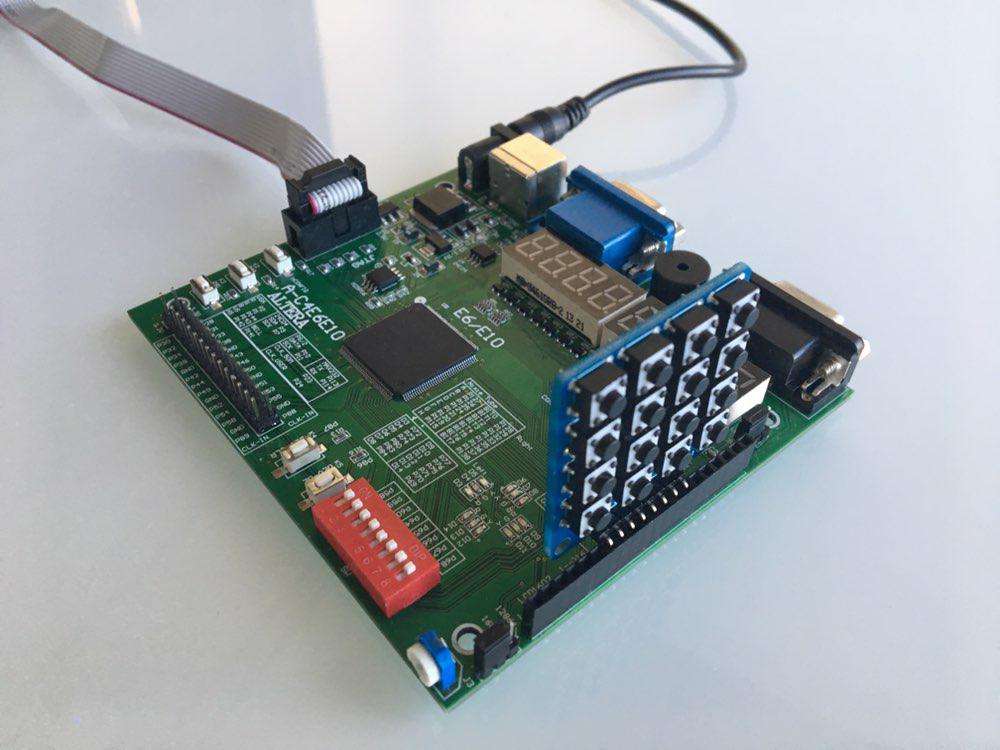Hello world! Or Habr in English, v1.0





A completely routine tech support ticket has uncovered unexpected bans of IP addresses of Protonmail — a very useful service for people valuing their Internet freedoms — in several regions of Russia. I seriously didn’t want to sensationalize the headline, but the story is so strange and inexplicable I couldn’t resist.
Disclaimer: the situation is still developing. There might not be anything malicious, but most likely there is. I will update the post once new information comes through.
MTS and Rostelecom — two of the biggest Russian ISPs — started to block traffic to SMTP servers of the encrypted email service Protonmail according to an FSB request, with no regard for the official government registry of restricted websites. It seems like it’s been happening for a while, but no one paid special attention to it. Until now.
All involved parties have received relevant requests for information which they’re obligated to reply.
UPD: MTS has provided a scan of the FSB letter, which is the basis for restricting the access. Justification: the ongoing Universiade in Krasnoyarsk and “phone terrorism”. It’s supposed to prevent ProtonMail emails from going to emergency addresses of security services and schools.
UPD: Protonmail was surprised by “these strange Russians” and their methods for battling fraud abuse, as well as suggested a more effective way to do it — via abuse mailbox.
UPD: FSB’s justification doesn’t appear to be true: the bans broke ProtonMail’s incoming mail, rather than outgoing.
UPD: Protonmail shrugged and changed the IP addresses of their MXs taking them out of the blocking after that particular FSB letter. What will happen next is open ended question.
UPD: Apparently, such letter was not the only one and there is still a set of IP addresses of VOIP-services which are blocked without appropriate records in the official registry of restricted websites.
 Today is an important day — after 28 releases of the sixth version we present our PVS-Studio 7.00, in which the key innovation is the support of the Java language. However, during 2018 we have acquired many other important changes related to C++, C#, infrastructure and support of coding standards. Therefore, we bring to your attention a note that sums up the major changes that have happened in PVS-Studio for the last time.
Today is an important day — after 28 releases of the sixth version we present our PVS-Studio 7.00, in which the key innovation is the support of the Java language. However, during 2018 we have acquired many other important changes related to C++, C#, infrastructure and support of coding standards. Therefore, we bring to your attention a note that sums up the major changes that have happened in PVS-Studio for the last time.

StarCraft: Brood War. This game means so much to me! And to many of you, I guess. So much, that I wonder if I should even give a link to its page on Wikipedia or not.
Once Halt sent me PM and offered to learn Rust. Like any ordinary people, we decided to start with hello world writing a dynamic library for Windows that could be loaded into StarCraft's address space and manage units.
The following article will describe the process of finding solutions and using technologies and techniques that will allow you to learn new things about Rust and its ecosystem. You may also be inspired to implement a bot using your favorite language, whether it be C, C++, Ruby, Python, etc.

Good day to you! 
My name is Stanislav and I like to write code. This is my first english article on Habr which I made due to several reasons:
This article is an english version of my very first article on russian.
Let me introduce the main figures in this story who actually fixed the bug preventing Git from running in ReactOS — the French developer Hermès Bélusca-Maïto (or just Hermes with hbelusca nickname) and of course me (with x86corez nickname).
The story begins with the following messages from the ReactOS Development IRC channel:
Jun 03 18:52:56 <hbelusca> Anybody want to work on some small problem? If so, can someone figure out why this problem https://jira.reactos.org/browse/CORE-12931 happens on ReactOS? :D
Jun 03 18:53:13 <hbelusca> That would help having a good ROS self-hosting system with git support.
Jun 03 18:53:34 <hbelusca> (the git assertion part only).








The AI Cup community and Mail.ru Group in collaboration with Codeforces.com invite you to the real battle! Get ready for the sleepless nights and calloused hands — take part in Russian AI Cup, which is one of the most challenging and vivid artificial intelligence programming competitions in the world. Believe us, managers of this madness did their best to create the game you'd want to play.
To become part of the competition, you need Internet access, computer, creativity, and enthusiasm for being a part of this extraordinary Cup. By the way, you might need some coffee. Welcome!
